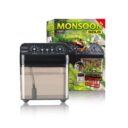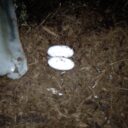Seeing your precious pet shed its skin often makes the new gecko owner nervous, leading to many questions, such as, Why is my gecko shedding? Is he sick? Can I stop it? Should I stop it? Shedding of skin is a natural phenomenon in which old skin dries up and peels off and a new skin emerges. There’s not a whole lot to do differently while your gecko is shedding, although you will want to monitor your lizard as it goes through the shedding process to make sure it remains healthy and happy.
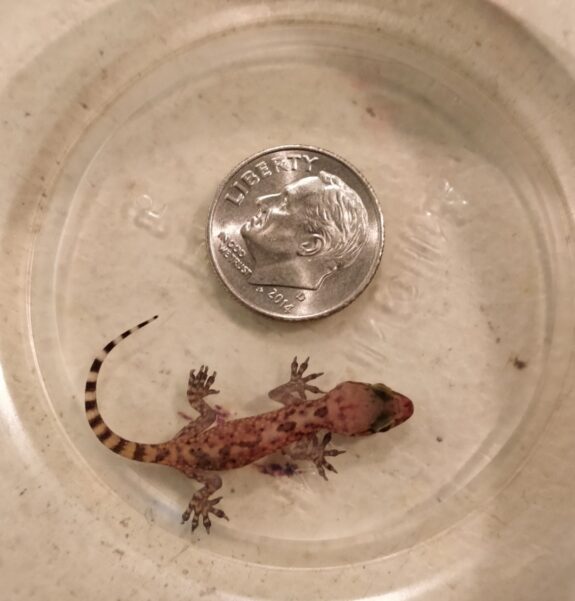
Why do geckos shed?
Many reptiles, including geckos, shed all the outer cells of their skin. In addition to replacing old cells of the gecko’s skin with new ones, shedding makes it easier for geckos to repair skin and heal any wounds or damaged skin. Shedding also allows young geckos to grow! Reptile skin is generally not very elastic, so they must routinely “upsize” their skin to accommodate their growing bodies.
How often do geckos shed?
Shedding occurs at different rates for different reptiles, as a number of variables influences how often it happens. Growth rate, injury, disease, stress, and reproductive status can affect the time between shedding cycles. That said, young geckos can generally be expected to shed about once every two weeks. Adult geckos, on the other hand, will naturally shed once every four to eight weeks or even more often!
As long as your gecko looks and acts healthy, you don’t need to worry much about the time between your gecko’s shedding cycles.
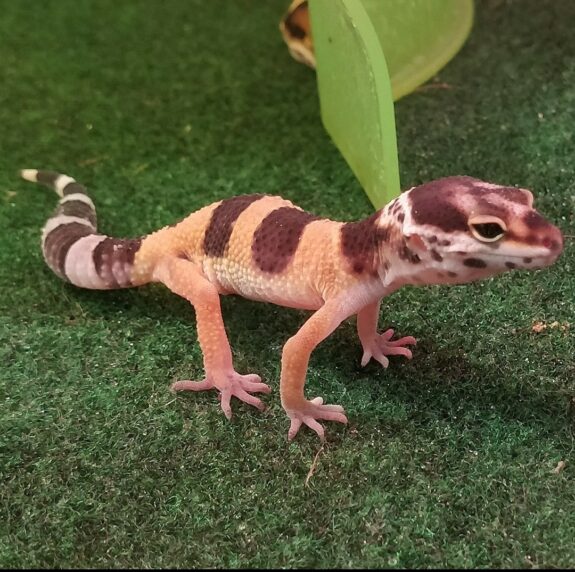
Why do geckos eat their shed? Or is it okay for geckos to eat their shed?
One of the funniest things experienced keepers can enjoy is the look of surprise that many new keepers show when they see their gecko eat their old shed skin for the first time.
It is gross, but it is a perfectly natural habit that is not a cause for concern. Certain species of gecko routinely consume their discarded skin. They do this for several reasons, but the following two are among the most important:
- Old skin contains various essential minerals that will help the gecko build new skin layers in the future.
- Discarded/old skin can attract predators, so geckos eat their old coat to keep a low profile and avoid detection.
Problems From Shedding
Shedding problems can arise from time to time, and occasionally, you will need to take steps to ensure that your geckos do not suffer from further problems.
Try to look out for any of the following problems during or immediately after your gecko starts shedding:
- Retained skin near the toes: Because a gecko’s toes are pretty tiny, shed skin often clings to them. If left untreated, the gecko may lose its digits. So be sure to take a look at your reptile’s feet and toes by following each shed.
- Retained skin on the tip of the tail: Like its toes, the end of your gecko’s tail is also relatively thin so that old skin can cling to it during the shedding process. This is not as serious as retained skin on the toes, but it is still something to watch out for and correct when it occurs.
- Retained skin near the vent: Sometimes, the shed skin can stick to the area near your gecko’s vent. So check that and remove that too.
- Retained skin near the eyes: Some species of gecko are unusual compared to many other reptiles in that they have eyelids rather than a precise scale covering their eyes. This means that your gecko will not lose the skin surrounding the eye; instead, it will shed the skin that covers and surrounds its eyelids. If this skin is not shed cleanly, their eyes can become infected or injured. So try to remove that manually.
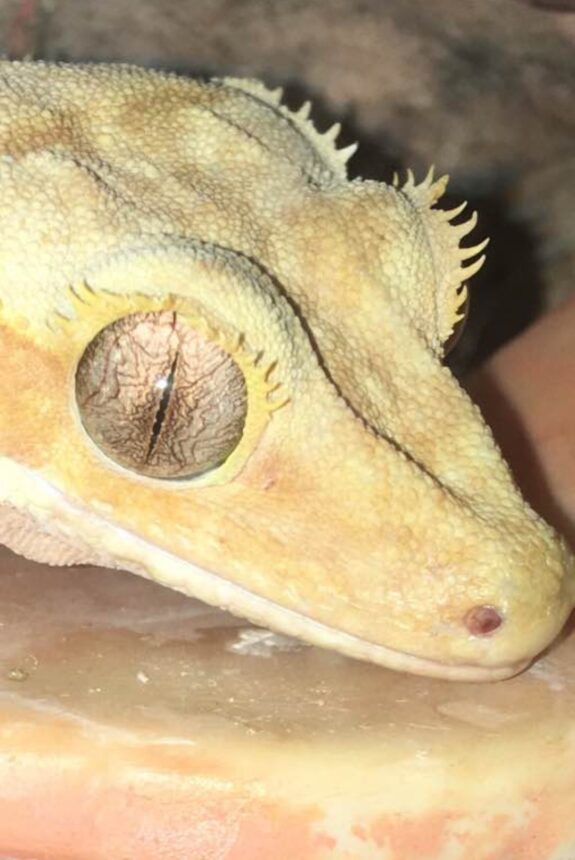
What to do if your gecko has Stuck skin after shedding?
Treating retained skin is usually fairly straightforward, but the procedure will vary depending on where the skin is left.
- Try to remove retained skin from non-sensitive areas
Areas like the gecko’s back or the top of its head are considered non-sensitive areas. If the skin is adhering to non-sensitive regions, you can start by gently rubbing the affected area with a damp cloth and paper towel.
- Try to remove retained skin from sensitive areas
While it is relatively easy to remove retained skin from non-sensitive areas of your gecko’s body, you should be very careful when attempting to remove retained skin from the eyes, toes, vents, or the tip of the tail of your pet.
3. Bring out the specialized equipment
For stubborn sheds try using a q-tip dipped in some coconut oil. Hold the gecko gently and use the q-tip to rub the affected area. Focus on the edges and any areas where the old skin is cracked or broken. In extreme cases you may need to take your gecko to the vet to keep stuck shed from cutting off circulation – or worse! Don’t try to be the hero at the expense of your gecko’s toes.
Sometimes a q-tip isn’t strong enough to do the job. For stuck shed on the toes, consider using your fingernails to strip the shed off. A good trick to help the gecko tolerate this is to hold the gecko gently against your abdomen and to put your shirt over the gecko’s head. This way, the gecko thinks it’s hiding. If, after pulling off the stuck shed on the toes, there’s a little bleeding, this is OK since it’s better than leaving the shed on and it will heal quickly.
If you can’t pull off the shed near the eyes with your fingernails, consider using a tweezer. This can seem like a frightening proposition, but if you have a steady hand, hold the tweezers close to the end, and hold the gecko’s head so it can’t move, it works well. Stuck shed near the eye can get under the eyelid (in the case of geckos that have eyelids) and cause an abrasion or infection so it’s good to take care of it as soon as possible.
Make Sure Your Gecko Stays Hydrated
Dehydration is one of the primary reasons geckos have improper and inadequate sheds. So, always make sure your gecko has access to clean water, and be sure to check their temperatures regularly, as excessive heat can dry out your pet’s habitat.
Shedding is an ordinary phenomenon found throughout the reptiles, such as geckos. It is the natural way by which animals discard old skin cells and replace them with new ones. So pet parents must understand this and aid their geckos in the process of shedding.
Shedding is a bizarre but totally natural part of your gecko’s life. It’s always fun to experience the first time but also to watch our babies shed through their growth spurts. Shedding is a sign of new life and progress.
How’d you feel the first time your gecko shed? Were you proud? Did you keep it? Let us know in the comments below!


